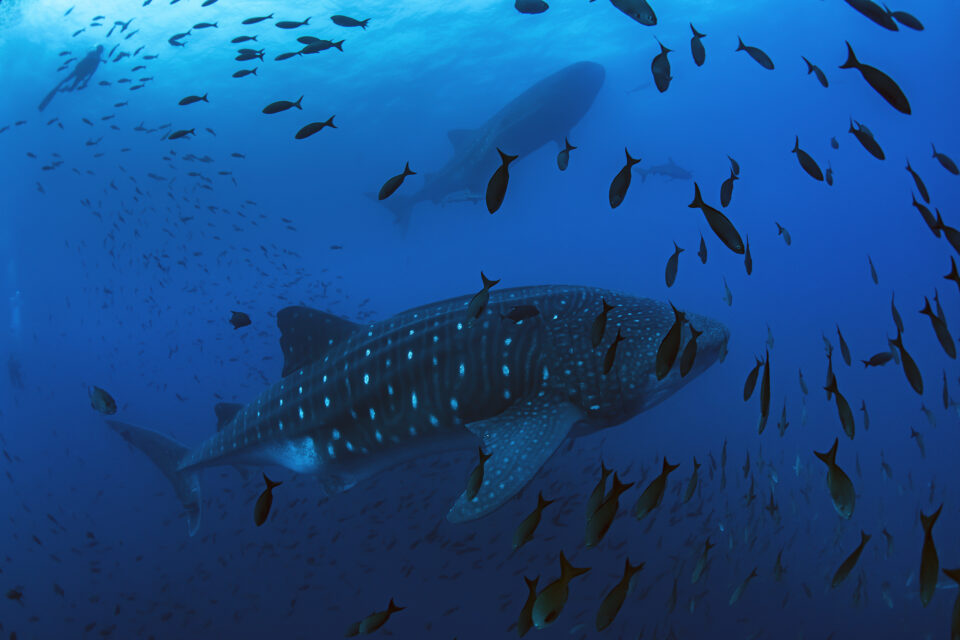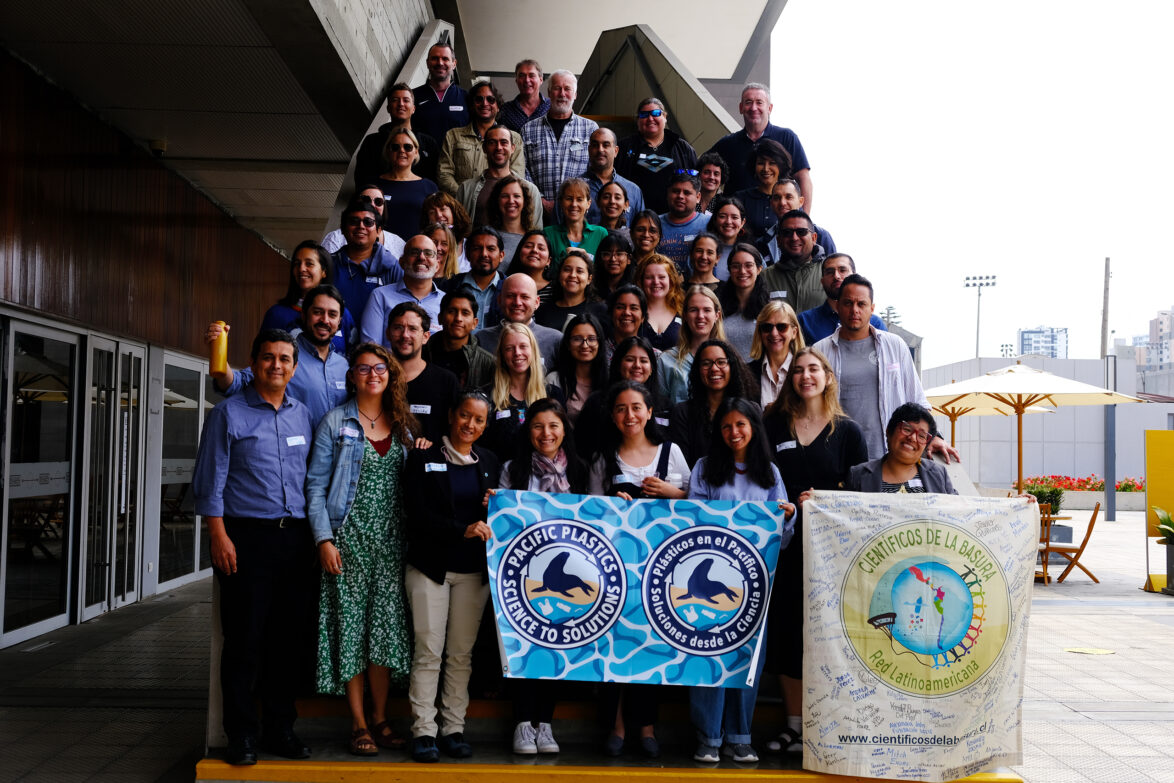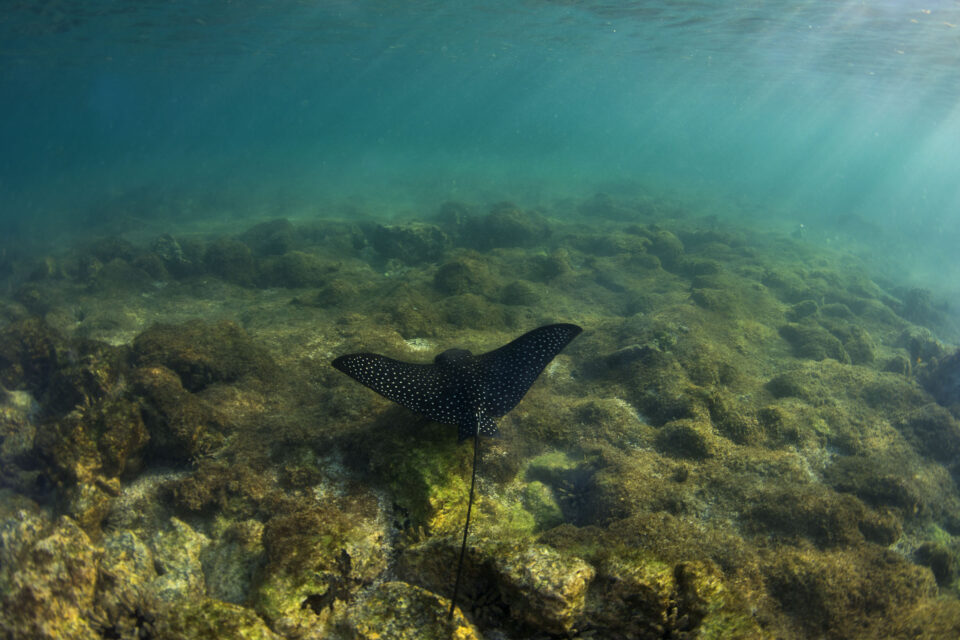

Reflections on the 2024 UN Ocean Decade conference
In April, GCT’s CEO, Dr Jen Jones, and Senior Development Manager, Alice Marks, represented GCT and our Pacific Plastics: Science to Solutions partners at the UN Ocean Decade Conference in Barcelona.
‘The science we need for the ocean we want’
This is the vision that underpins the UN Ocean Decade (2021-2030), with actions driven by 10 Challenges to maximise collective impact at a global scale. As we approach the halfway point, in 2024, 1,500 delegates (and more represented in satellite events) from across the world met in Barcelona from 8-12 April for the 2024 UN Ocean Decade Conference to establish a shared vision for the future priorities of the rest of the Decade.
GCT was fortunate to be part of this effort, attending to learn from and exchange knowledge with a diverse range of ocean stakeholders to inform the development of our activities in Galapagos and the Eastern Pacific region, including highlighting opportunities for innovation, collaboration and adoption of best practices.
We were also delighted to attend alongside some of our existing partners to bring a voice for Galapagos’ community and biodiversity to the conference, including the Galapagos National Park Directorate (GNPD), MigraMar, Charles Darwin Foundation (CDF), Fundación Jocotoco and Universidad San Francisco de Quito (USFQ).


Ocean protection
Discover what we are doing to protect the biodiverse waters surrounding Galapagos
Ocean Decade MPA Forum
We started off the week by attending and participating in the Ocean Decade MPA Forum, organised and coordinated by MigraMar in collaboration with several organisations. During the opening session, Puri Canals (Mediterranean Protected Areas Network) led an inspiring talk drawing on her experience in developing a global network of marine managers, highlighting the role of sharing knowledge and experience to better progress international targets.
She also emphasised that while the 30 by 30 initiative (protecting 30% of the ocean by 2030) is an important goal, we need to be conscious that, at face value, it does not communicate the full dimension of the space we are working in.
For example, working with people is at the heart of the challenge to protect the ocean, and we must consider the diversity of these people, socioeconomic factors, and the invaluable inclusion of local and indigenous knowledge in the designation and management of marine protected areas (MPAs).

What we are trying to do right now is make sure we have as strong a voice as possible on behalf of the region and communities that are most impacted [by plastic pollution], because ultimately, for these islands, it is a social justice issue.
It’s impossible to capture all the brilliant contributions to the two-day Forum here. We were inspired by best practice examples of not only sharing scientific knowledge with local communities but ensuring communities have a central role in science delivery, such as in Rapa Nui (as presented by Ariadna Mecho, Barcelona Supercomputer).
Other sessions also shared insights on state-of-the-art marine management and surveillance tools, which are becoming increasingly accessible, and sustainable funding mechanisms, including Ecuador’s record-breaking Debt for Nature swap as explained by USFQ’s Susana Cardenas.
However, a strong, recurring theme was the need to focus on effective MPAs. To avoid so-called ‘paper parks’, it is vital that designated MPAs not only have management plans with clear conservation objectives, but that they are developed through transparent and inclusive multi-stakeholder approaches.
Dr Alex Hearn (MigraMar/USFQ) gave a great example of the need for this focus in the context of the Eastern Tropical Pacific, highlighting that of 129 MPAs established in the region, only 65 have management plans, and of those, only 57 include conservation targets.
It is also important that marine managers have benchmarks from which to measure change over time. This is why, in Galapagos, GCT is supporting work to ensure biodiversity baselines are being collected, including through the use of drone surveys, Baited Remote Underwater Stereo systems (BRUVs) and environmental DNA.


Conservation and technology
From unmanned drones and acoustic sensors to remarkable advances in artificial intelligence, new technologies are playing a key role in the conservation of the Galapagos Islands.
The management plan for the new Hermandad Marine Reserve, a 60,000km2 extension to the Galapagos Marine Reserve, was also discussed, including by the Director of the Galapagos National Park, Dr Arturo Izurieta, and by Paola Sangolqui of Fundación Jocotoco, who shared details on the transparent processes through which the plan was developed, and how a multi-level approach to monitoring, control and surveillance (through technology, aero maritime operations and interception) has been adopted.
Several voices at the Forum echoed how Hermandad was a great example of how science, community-led advocacy (via the Mas Galapagos campaign) and political will can come together to support greater ocean protection.
Another strong theme from the Forum was the role of networks in being key to taking collective, stronger voices to decision-makers. Dr Jen Jones, GCT’s CEO, was one of the presenters to emphasise this, drawing on our experience of leading the Pacific Plastics: Science to Solutions network and highlighting its important role in sharing knowledge, voices and solutions from remote islands that often suffer an unfair burden in cleaning up plastic waste they did not create.
Jen also highlighted the need for networks to have a clearly defined, shared vision, much like the overarching aim of the 2024 UN Ocean Decade conference, as well as investment in early career participation, putting communities at the forefront of work, and how together you can tell powerful, evidence-based stories to policymakers.

It’s impossible to get complete consensus when you are trying to collaborate, but if you have that shared vision – that ‘north star’ – that keeps you all going in the same direction, I think that’s really important.
An ocean to meet everyone’s needs
The main conference kicked off on Wednesday. A standout talk from the morning plenary session was that by Jack Thatcher, Master Navigator, who not only inspired us with his words and sharing the wisdom of his Māori ancestors learned through navigating the Pacific Ocean, but also by singing a traditional song that had the whole room captivated.
Dr Katy Soapi of The Pacific Community also argued that, to ensure that the Decade’s agenda to ‘leave no one behind’ is met, funding and research should support local and indigenous coastal communities through strengthening local capacity (including creating enabling environments and supporting early career ocean professionals), leveraging existing infrastructure and initiatives to empower community engagement, and ensuring traditional knowledge is being acknowledged and utilised to manage marine resources.
You can listen to this session and other important conversations here. Through wider conversations during the conference, the importance of co-designing marine management initiatives and plans with local communities was also regularly highlighted, with emphasis on early and sustained community engagement to build trust – recognising that this will also come with its own challenges.


Connecting with Nature
Learn about what GCT is doing to empower local communities and connect them to nature
Areas beyond national jurisdiction
As well as the main programme, there were many interesting side events at the conference, such as the one on the BBNJ Agreement, a Treaty agreed in 2023 (currently awaiting ratification by at least 60 countries), which aims to ensure the conservation and sustainable use of marine biodiversity in Areas Beyond National Jurisdiction. Essentially, it will allow the creation of vital MPAs in the High Seas, which cover 64% of the ocean surface.
These MPAs will require international cooperation for their management and enforcement and continued exchange of scientific and indigenous knowledge. The framework for the BBNJ Agreement is still in its early stages, and speakers on the panel recognised there will need to be a range of disciplines and technical expertise to maximise the Treaty’s effectiveness.
In the Eastern Tropical Pacific, the BBNJ Agreement could support the protection of the High Seas area to the southeast of Galapagos, which currently attracts intense fishing efforts, including the Chinese squid jigger fleet. The fishing effort here is not only putting pressure on the marine ecosystem and threatening migratory species that leave protected areas, but from our research through PPSS, we have identified this area as a major source of plastic pollution to Galapagos’ coastlines due to poor at-sea waste management on these fishing fleets.
Of course, plastic pollution does not recognise MPA boundaries (another point that Jen highlighted in her presentation following a recent publication by the PPSS), and with plastic pollution sources identified in the High Seas, GCT recognises the opportunity to connect conversations at the Global Plastics Treaty negotiations with those around the BBNJ Agreement, and this is something we will continue to look at including through our support of the Ecuadorian delegation.

A vision to 2030
We hope this blog can provide a flavour of the conference and conversations during the week. A key output of the conference was the Barcelona Statement, which outlines the priorities refined at the conference (you can view this here) to 2030. It was a great event to be part of, and we look forward to delving into what we have learned as we continue to develop our Ocean Protection programme.
It was also especially good timing to inspire further thinking ahead of the fourth session of intergovernmental negotiations for the Global Plastics Treaty, which is currently happening now (23-29 April 2024) in Ottawa, Canada. GCT has sent a small team to the negotiations to support Ecuador and to raise the voice of Pacific island communities due to the burden they face from international plastic pollution washing up on their coastlines. More on this soon!


Get our plastic pollution report
Sign up to receive your copy of our landmark report that summarises the last five years of plastic pollution research in Galapagos and the Eastern Tropical Pacific.
Help the wildlife of Galapagos survive and thrive
There are many ways to support our vision for a sustainable Galapagos: why not adopt an animal, become a GCT member or donate today?
Related articles

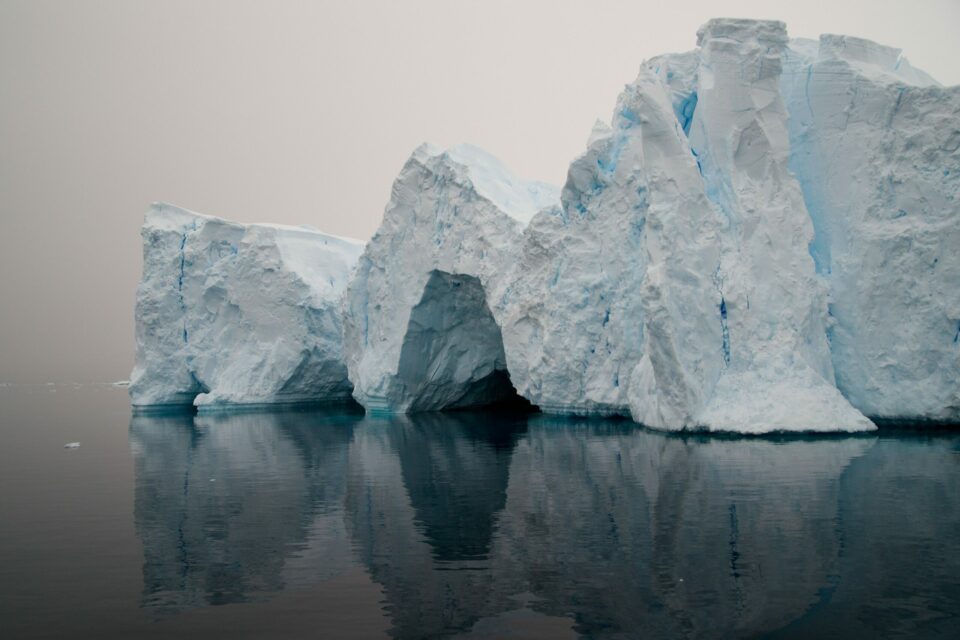
Galapagos and the Antarctic: A look beneath the surface
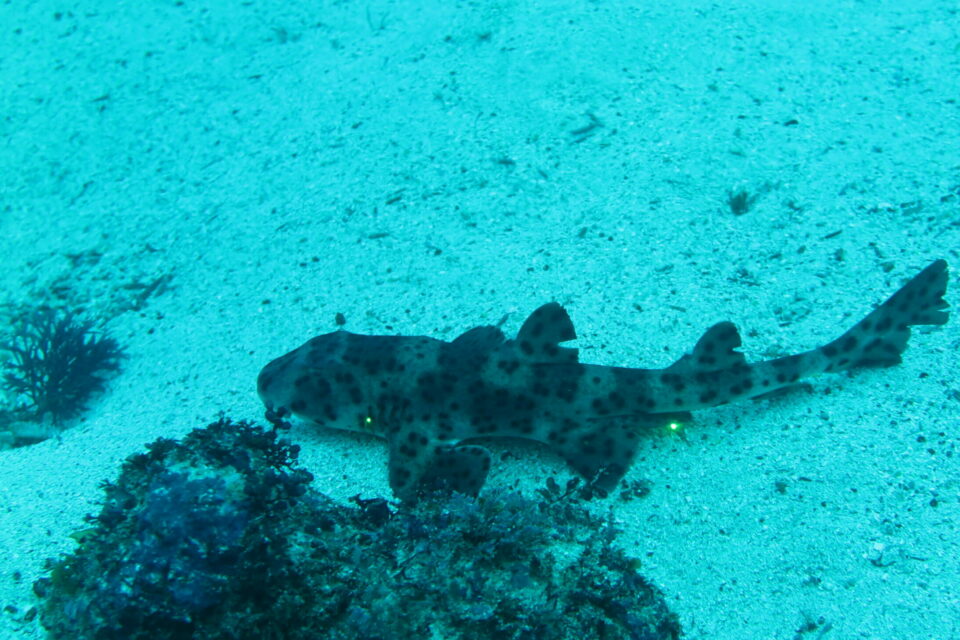
Galapagos Bullhead Shark Project: Citizen science in the Galapagos Marine Reserve
